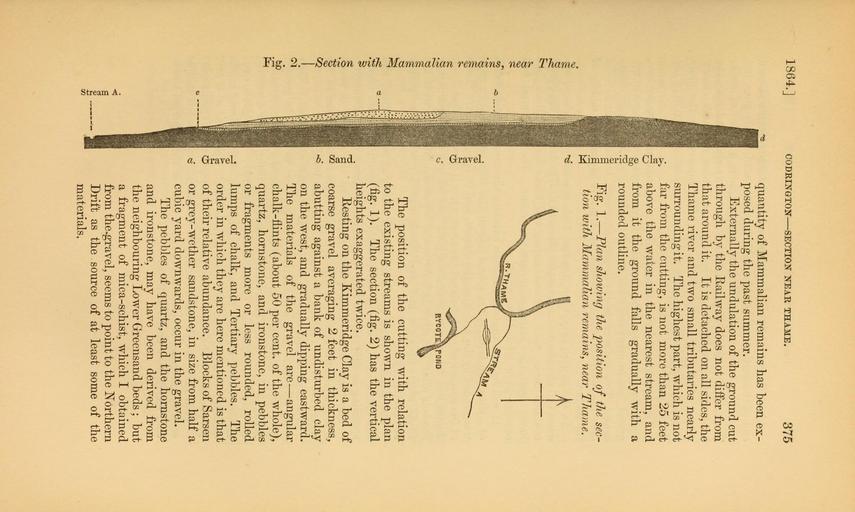MAKE A MEME
View Large Image

| View Original: | The_Quarterly_journal_of_the_Geological_Society_of_London_(12895007385).jpg (2048x1226) | |||
| Download: | Original | Medium | Small | Thumb |
| Courtesy of: | commons.wikimedia.org | More Like This | ||
| Keywords: The Quarterly journal of the Geological Society of London (12895007385).jpg 1864 <br> C0DRINGTON SECTION NEAR THAME <br> 375 <br> CQ <br> a <br> IHH ° <br> a <br> MUM tio <br> 1 3 <br> © <br> Hi a <br> 1 § <br> M <br> sj <br> <br> g <br> 1 <br> § <br> flfflH <br> hs; <br> Eh <br> <br> s <br> 53 <br> sHmmH <br> » <br> ss I <br> ~ <br> 1 -H <br> ˘ <br> s <br> r ” J <br> g <br> ijVil-ii'- <br> » <br> c3 <br> 5» <br> <br> g <br> llll <br> o <br> 8 N <br> – ; Ar ; <br> o <br> « ' <br> g – <br> 1 ' <br> 5 jjjjjj MlM <br> g ˘ – <br> – 91 SH <br> <br> - 'afllflln lifl 1 <br> b; <br> 1 IH <br> r e ; – <br> to - <br> ˘tO ˘ – <br> § <br> s - - <br> 1 <br> ° <br> eiilSlffl a <br> ˘_P» \;i -m <br> GQ <br> ES <br> quantity of Mammalian remains has been ex- <br> posed during the past summer <br> Externally the undulation of the ground cut <br> through by the Railway does not differ from <br> that around it It is detached on all sides the <br> Thame river and two small tributaries nearly <br> surrounding it The highest part which is not <br> far from the cutting is not more than 25 feet <br> above the water in the nearest stream and <br> from it the ground falls gradually with a <br> rounded outline <br> Fig 1 ” Plan showing the position of the sec- <br> tion with Mammalian remains near Thame <br> The position of the cutting with relation <br> to the existing streams is shown in the plan <br> fig 1 The section fig 2 has the vertical <br> heights exaggerated twice <br> Resting on the Kimmeridge Clay is a bed of <br> coarse gravel averaging 2 feet in thickness <br> abutting against a bank of undisturbed clay <br> on the west and gradually dipping eastward <br> The materials of the gravel are ” angular <br> chalk-flints about 50 per cent of the whole <br> quartz hornstone and ironstone in pebbles <br> or fragments more or less rounded rolled <br> lumps of chalk and Tertiary pebbles The <br> order in which they are here mentioned is that <br> of their relative abundance Blocks of Sarsen <br> or grey-w T ether sandstone in size from half a <br> cubic yard downwards occur in the gravel <br> The pebbles of quartz and the hornstone <br> and ironstone may have been derived from <br> the neighbouring Lower Greensand beds ; but <br> a fragment of mica-schist which I obtained <br> from the-gravel seems to point to the Northern <br> Drift as the source of at least some of the <br> materials 36089640 111261 51125 Page 375 Text v 20 http //www biodiversitylibrary org/page/36089640 1864 Geological Society of London Biodiversity Heritage Library The Quarterly journal of the Geological Society of London v 20 1864 Geology Periodicals Smithsonian Libraries bhl page 36089640 dc identifier http //biodiversitylibrary org/page/36089640 smithsonian libraries Information field Flickr posted date ISOdate 2014-03-03 Check categories 2015 August 26 CC-BY-2 0 BioDivLibrary https //flickr com/photos/61021753 N02/12895007385 2015-08-26 16 56 21 cc-by-2 0 PD-old-70-1923 The Quarterly journal of the Geological Society of London 1864 Photos uploaded from Flickr by Fæ using a script | ||||